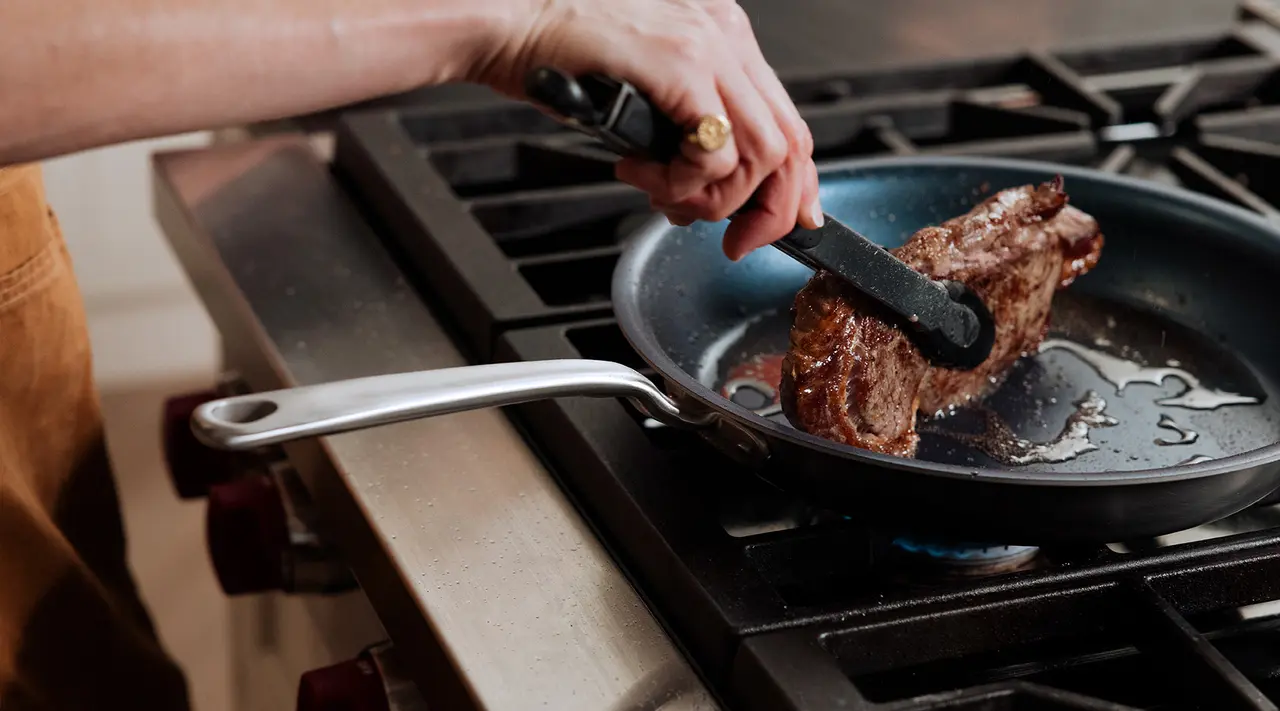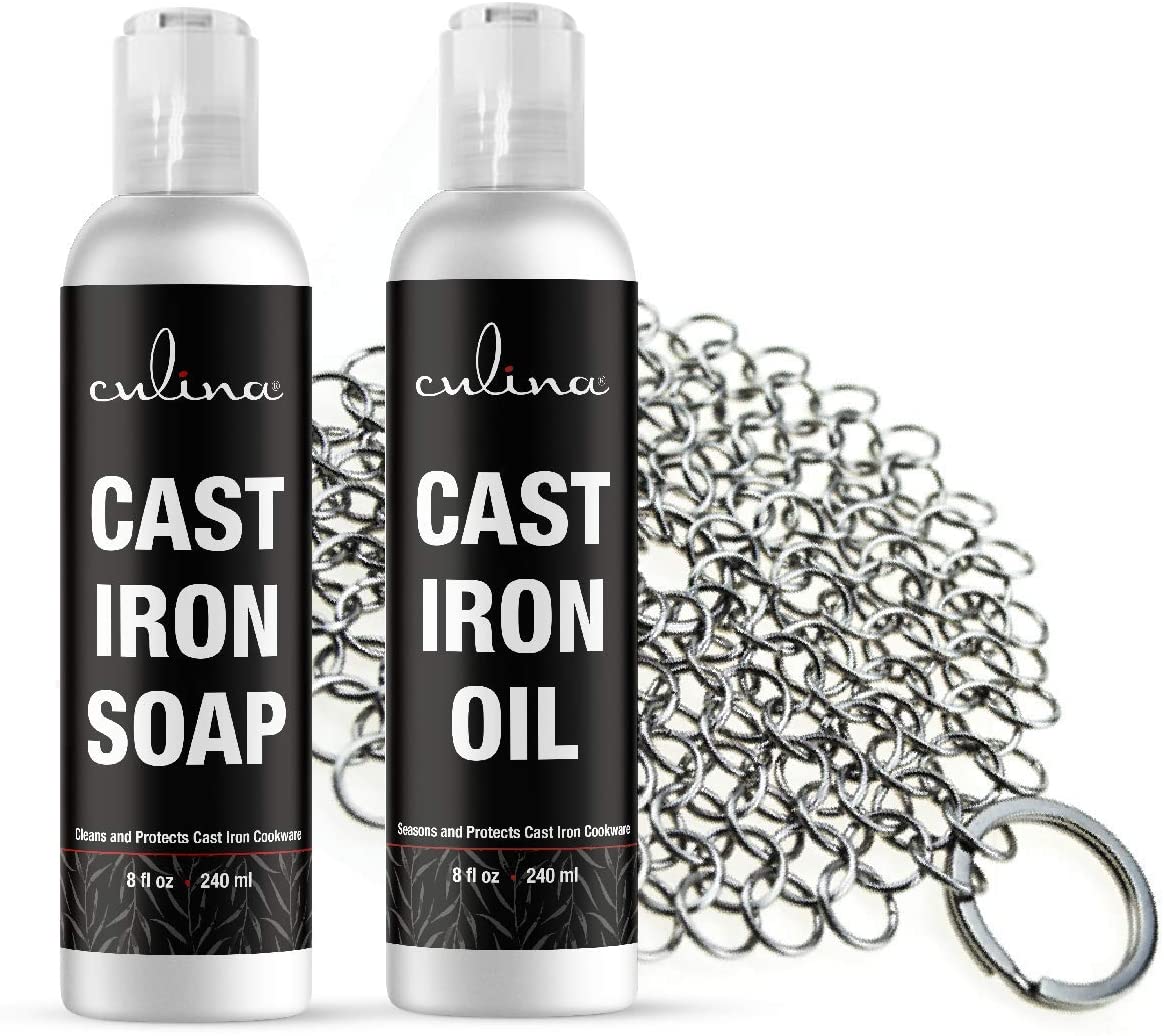When it comes to enhancing your cooking prowess, choosing the right kitchen tool is essential. In this detailed comparison of braiser vs skillet, we delve into their unique benefits, ensuring that you, as a kitchen professional, can make an informed choice.

What is a Braiser?
A braiser is a versatile piece of cookware designed for braising meats and vegetables. This tool combines the functionalities of a skillet and a Dutch oven, featuring a shallow depth and a lid that keeps the moisture locked in.

What is a Skillet?
A skillet, on the other hand, is a flat-bottomed pan primarily used for frying, searing, and browning foods. With its high sides, this essential kitchen tool allows for easy flipping and turning of ingredients.
Material Differences
Skillets are usually made from materials like cast iron, stainless steel, or non-stick coatings, each providing a unique cooking experience. Braisers, often crafted from enameled cast iron, offer superior heat retention and distribution.
Cooking Techniques
Braising involves cooking food slowly in a small amount of liquid over low heat, which a braiser is specifically designed for. Skillets, however, excel at high-heat techniques like frying and sauting.
Uses in Professional Kitchens
In professional kitchens, a braiser is ideal for one-pot meals that require slow-cooking, such as stews and casseroles. A skillet is indispensable for tasks requiring precision and control, like searing steaks or making omelets.

Pros and Cons
Braiser
- Pros: Excellent for slow-cooked meals, retains moisture, versatile usage
- Cons: Heavy, takes longer to heat up
Skillet
- Pros: Lightweight, heats up quickly, versatile usage
- Cons: Less efficient at retaining moisture, not ideal for slow-cooking
Recipes Suited for Braiser
Recipes like braised short ribs, coq au vin, and chicken cacciatore are perfect for a braiser.
Recipes Suited for Skillet
Skillets are perfect for recipes such as seared salmon, scrambled eggs, and grilled cheese sandwiches.
How to Choose the Right One?
Consider factors such as your cooking style, the types of recipes you prefer, and storage space in your kitchen.
Questions to Consider
- Do you frequently cook dishes that require slow-cooking?
- Do you need a tool that heats up quickly for high-heat cooking?
Maintenance and Care
Braiser
Maintaining a braiser involves regular seasoning and proper storage to prevent rust.
Check out this guide on how to clean cast iron skillets.
Skillet
Depending on the material, skillets may require different types of maintenance. Cast iron skillets need to be seasoned, while non-stick skillets should be handled with care to avoid damaging the coating.
Expert Opinions
Chefs and culinary experts often have split opinions on the pros and cons of braisers and skillets, each preferring one based on their specific needs and cooking styles.
Conclusion
Both the braiser and skillet are invaluable tools in a kitchen professionals arsenal. By understanding their unique advantages, you can choose the right tool for the job and elevate your culinary creations.
FAQs
What is the main difference between a braiser and a skillet?
The main difference lies in their design and use: a braiser is meant for slow-cooking with moisture retention, while a skillet is ideal for high-heat cooking like frying and searing.
Can I use a braiser for frying?
While you can use a braiser for frying, it is not as efficient as a skillet for this purpose due to its design and weight.
How do I maintain a cast iron braiser?
Maintaining a cast iron braiser involves regular seasoning and ensuring it is properly cleaned and stored to prevent rust.
As an Amazon Associate, I earn from qualifying purchases.
